|
Fé vældr frænda róge; føðesk ulfr í skóge.
|
 |
Wealth is a source of discord among kinsmen; the wolf lives in the forest.
|
|
Úr er af illu jarne; opt løypr ræinn á hjarne.
|

|
Úr comes from bad iron; the reindeer often races over the frozen snow.
|
|
Þurs vældr kvinna kvillu, kátr værðr fár af illu.
|

|
The ogre causes anguish to women, misfortune makes few men cheerful.
|
|
Óss er flæstra færða fo,r; en skalpr er sværða.
|

|
Óss is the way of most journeys; but a scabbard of swords.
|
|
Ræið kveða rossom væsta; Reginn sló sværðet bæzta.
|

|
Ræið is said to be the worst thing for horses; Reginn forged the finest sword.
|
|
Kaun er barna bo,lvan; bo,l gørver nán fo,lvan.
|
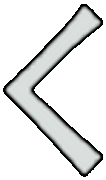
|
Kaun is fatal to children; death makes a corpse pale.
|
|
Hagall er kaldastr korna; Kristr skóp hæimenn forna.
|
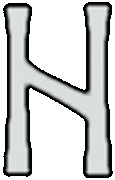
|
Hagall is the coldest of grain; Christ created the world of old.
|
|
Nauðr gerer næppa koste; nøktan kælr í froste.
|
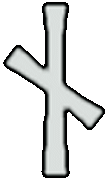
|
Need gives scant choice; a naked man is chilled by the frost.
|
|
Ís kǫllum brú bræiða; blindan þarf at læiða.
|
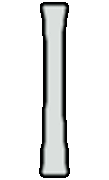
|
Ís we call the broad bridge; the blind man must be led.
|
|
Ár er gumna góðe; get ek at o,rr var Fróðe.
|
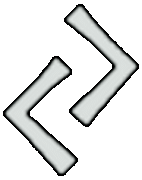
|
Ár is a boon to men; I say that Frothi was generous.
|
|
Sól er landa ljóme; lúti ek helgum dóme.
|
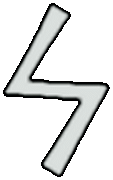
|
Sól is the light of the world; I bow to the divine decree.
|
|
Týr er æinendr ása; opt værðr smiðr blása.
|
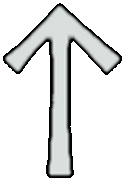
|
Týr is a one-handed god; often has the smith to blow on coals.
|
|
Bjarkan er laufgrønstr líma; Loki bar flærða tíma.
|

|
Bjarkan has the greenest leaves of any shrub; Loki was fortunate in his deceit.
|
|
Maðr er moldar auki; mikil er græip á hauki.
|
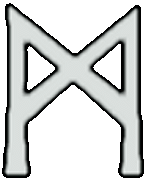
|
Maðr is an augmentation of the dust; great is the claw of the hawk.
|
|
LõgR gr er fællr ór fjalle foss; en gull ero nosser.
|

|
LõgR is a river which falls from a mountainside, with ornaments of gold.
|
|
Ýr er vetrgrønstr viða; vænt er, er brennr, at sviða.
|

|
Ýr is the greenest of trees in winter; it is wont to crackle when it burns.
|